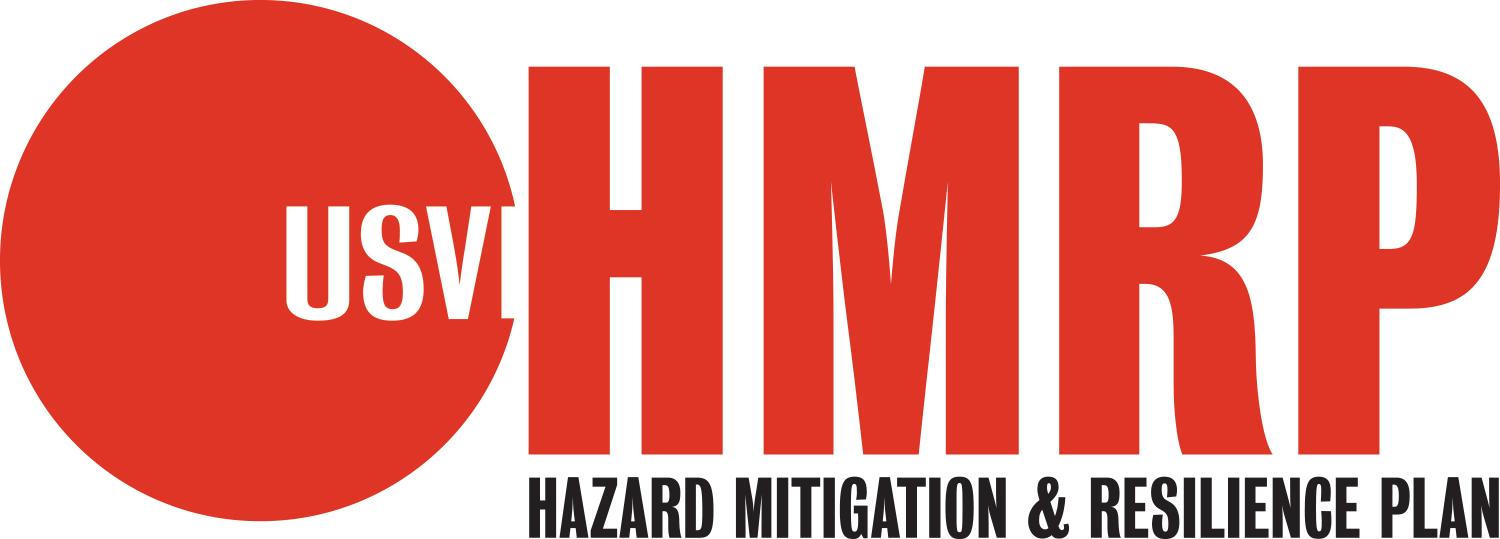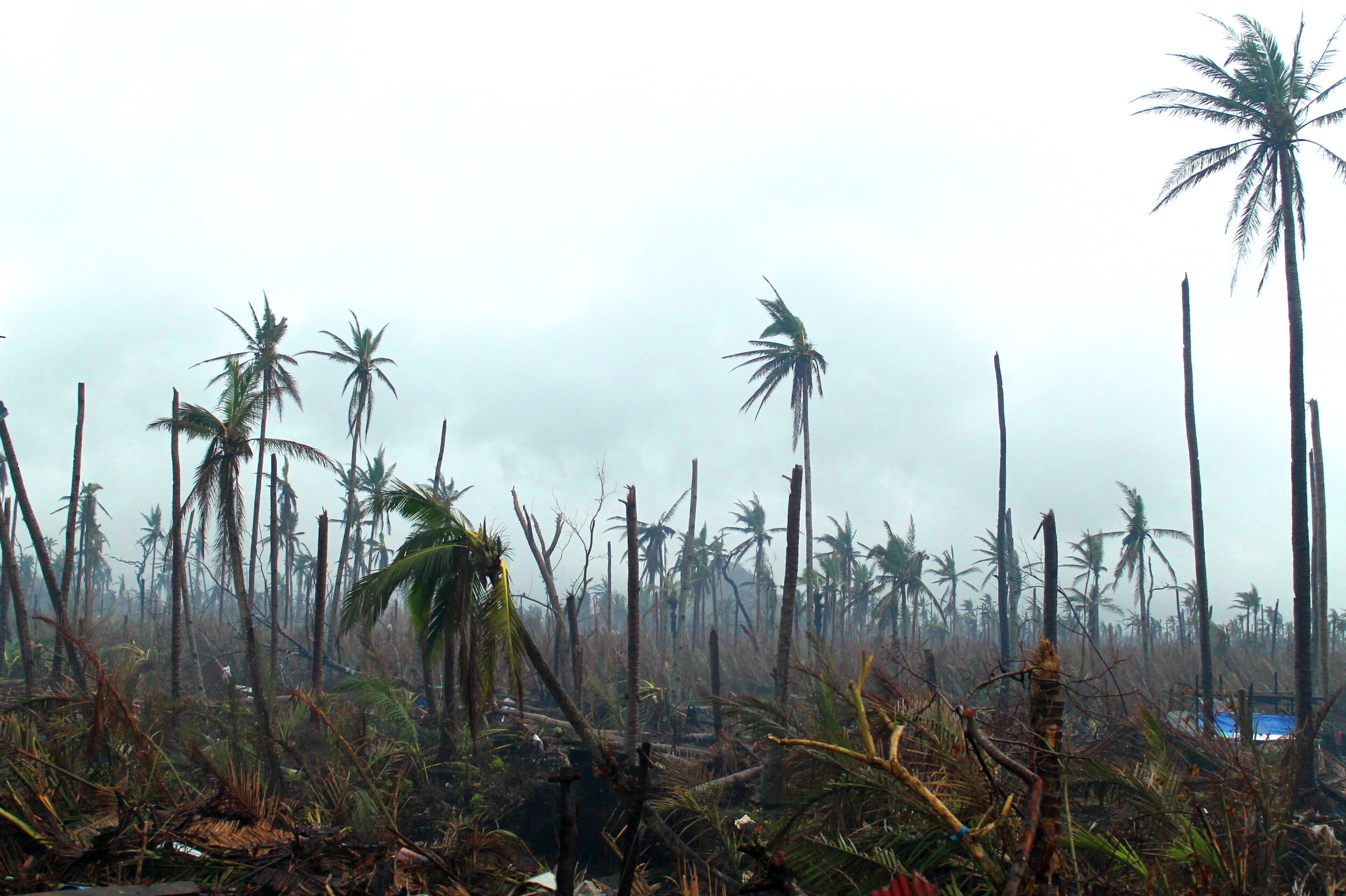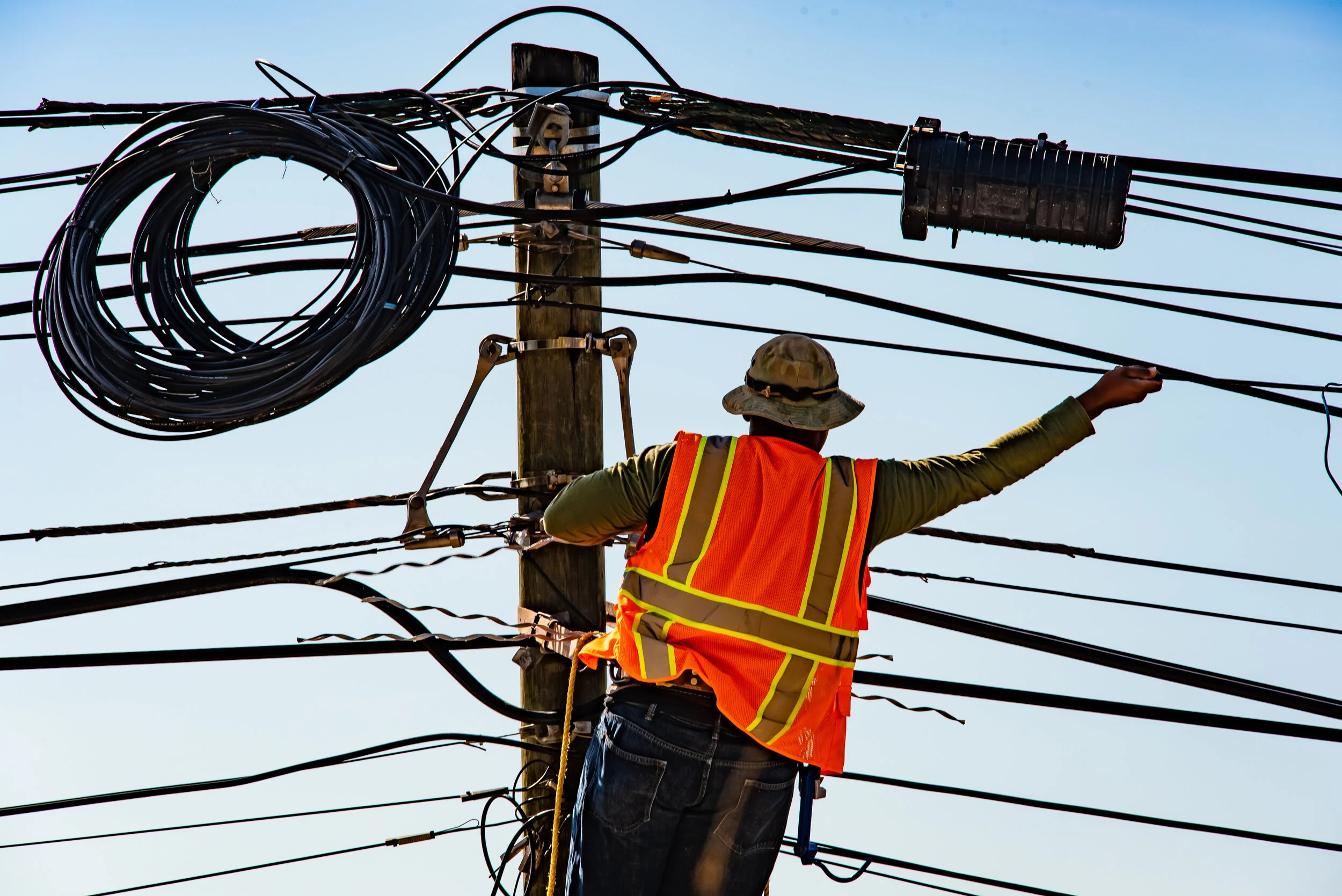The Process
FEMA's Disaster Mitigation Act requires that State Mitigation Plans be updated every 5 years to maintain eligibility for assistance. The Hazard Mitigation & Resilience Plan team are tasked with 1. Identifying and defining the risks we face in the Territory; 2. Recommending ways to reduce those risks and; 3. Planning more sustainably to mitigate future events. Read on to learn more about how we are working to achieve this goal.
Background
Hurricanes Irma and Maria, two Cat5 hurricanes, hit the U.S. Virgin Islands and Puerto Rico in 2017 causing widespread devastation.
It became very clear after hurricanes Irma and Maria just how vulnerable we are in the Virgin Islands. Thousands of buildings and dozens of critical facilities were damaged, and our natural resources didn’t escape unharmed either. After the storms and despite dedication and round-the-clock efforts, it took many months to restore basic services in the Territory.
There is still much work to be done.
In the meantime, we remain vulnerable to the impacts of not just hurricanes but many other types of hazards too. Here we are talking about natural events like flooding, tsunamis, droughts, wildfires, earthquakes and landslides.
Increasing community resilience and reducing the impacts of hazards - also called “hazard risk reduction” - are goals where progress can be measured and sustained. Achieving these goals will lead to safer communities that are less impacted and can recover more quickly from disasters utilizing a variety of resources.
The University of the Virgin Islands (UVI), in collaboration with the Virgin Islands Territorial Emergency Management Agency (VITEMA), is leading a multi-year effort to update the Territory’s Hazard Mitigation Plan (the Plan). The Plan will be the result of a multi-sectoral effort that integrates our core principles of resilience, reliance on our economic and natural resources, adaptation to the impacts of climate change, economic and technical capacity building, and strengthening community capacities. For these reasons, the Plan is named the Hazard Mitigation and Resilience Plan for the Virgin Islands (HMRP). This planning effort is a requirement from the Federal Emergency Management Agency’s (FEMA) to maintain eligibility for non-emergency Federal assistance.
A Word On Resilience
Our goal in creating the Plan is not only to meet the terms of FEMA’s requirements, but to also provide a consistent and Territory-wide approach to assessing hazards and risks. As part of this process we bring together members of the community and stakeholders to increase understanding of our unique vulnerabilities and gain an informed perspective on how we can reduce the impacts of the various hazards which threaten our lives and our property.
Our planning efforts move beyond the traditional hazard mitigation approaches that focus on preventing losses from specific hazard events. Typically, this has been a focus on infrastructure investment. Instead, we are addressing vulnerabilities by defining approaches that enhance the capabilities of individuals, communities, government, institutions and businesses to withstand, survive, adapt and recover – with available resources – from disruptions that may not always be predictable.
We are introducing new ways of thinking about resilience!
And, we are building a vision for disaster risk reduction in the Territory.
UVI’s HMRP Approach
The figure at the right maps out the processes and outcomes unique to UVI’s approach to creating the Hazard Mitigation and Resilience Plan. This approach integrates our core principles of resilience and sustainability into the Process. It also includes the multi-sectoral “Stakeholder Engagement” effort, and the “Assessment and Analyses” of hazards and risks. The products of these discussions and analyses inform Outcomes such as the Mitigation Strategies and Planning Framework, policy recommendations, and eventually the Hazard Mitigation and Resilience Plan.
UVI’s Strategy & Activities
The HMRP uses an integrated planning approach to focus on building resilience in the Territory. We are challenged to first identify and define the risks and second, recommend ways to reduce that risk and plan more sustainably to mitigate future events. The technical assessments, community engagements, and analyses that are part of our Plan will provide the basis for a thorough evaluation of the Territory’s status. More importantly, we hope to understand how the risks are interlinked with social, economic, cultural, and ecological factors. Ultimately, we expect to define ways our Territory can withstand, survive, adapt and recover from shocks and stresses related to multiple hazards.
Through the application of this approach, we are enhancing and building partnerships between planners, citizens, disaster groups and Territorial agencies that are focused on reducing risk, increasing sustainability and strengthening resilience at all levels in our communities.
For more information contact Dr. Kim Waddell at 340.693.1628 or at kim.waddell@uvi.edu.








